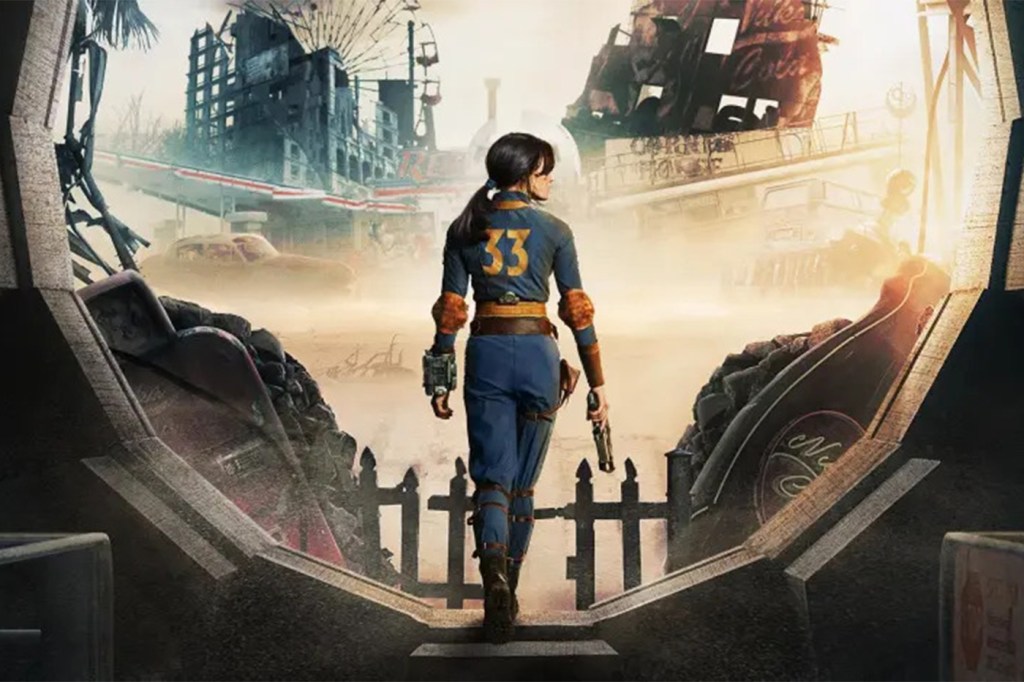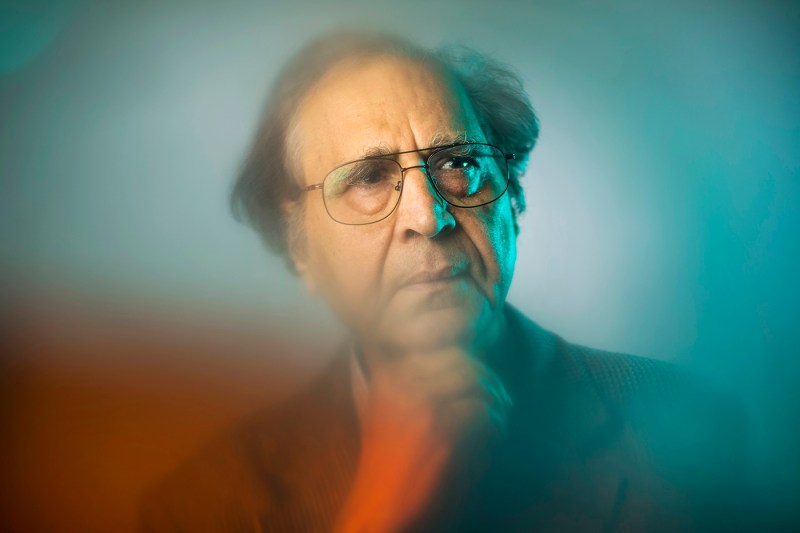What is ‘Fallout’? Physicist breaks down the science of Amazon’s sci-fi show and the horrifying reality of nuclear radiation
The fallout of nuclear war triggers the end of the world in Amazon’s new video game adaptation. But the science behind nuclear radiation and its impact on the world is startlingly real, a Northeastern physicist says.

The world ends on Oct. 23, 2077, in a series of radioactive explosions –– at least in the world of “Fallout,” a post-apocalyptic video game series that has now been adapted into a blockbuster TV show on Amazon’s Prime Video.
The literal fallout that ensues creates a post-apocalyptic United States that is full of mutated monstrosities, irradiated humans called ghouls and hard scrabble survivors who are caught in the middle of it all. It’s the material of classic Atomic Age sci-fi, the kind of pulp stories “Fallout” draws inspiration from for its retro-futuristic version of America.
But there is more science in this science fiction story than you might think, according to Pran Nath, Matthews distinguished university professor of physics at Northeastern University.
In the opening moments of “Fallout,” which debuted on April 10, Los Angeles is hit with a series of nuclear bombs. Although it takes place in a clearly fictional version of La La Land –– the robots and glistening, futuristic skyscrapers in the distance are dead giveaways –– the nuclear explosions themselves are shockingly realistic.

Nath says that when a nuclear device is dropped there are three stages.
“When the nuclear blast occurs, because of the chain reaction, in a very short period of time, a lot of energy and radiation is emitted,” Nath says. “In the first instance, a huge flash occurs, which is the nuclear reaction producing gamma rays. If you are exposed to it, people, for example, in Hiroshima were essentially evaporated, leaving shadows.”
Depending on how far someone is from the blast, even those who are partially protected will have their body rapidly heat up to 50 degrees Celsius, or 122 degrees Fahrenheit, causing severe burns. The scalded skin of the ghouls in “Fallout” are not entirely unheard of (although their centuries-long lifespan stretches things a bit).
The second phase is a shockwave and heat blast –– what Nath calls a “fireball.” The shockwave in the first scene of “Fallout” quickly spreads from the blast, but Nath says it would probably happen even faster and less cinematically. It would travel around the speed of sound, around 760 miles per hour.
The shockwave also has a huge amount of pressure, “so huge … that it can collapse concrete buildings.” It’s followed by a “fireball” that would burn every building in the blast area with an intense heatwave.
“The blast area is defined as the area where the shockwaves and the fireball are the most intense,” Nath says. “For Hiroshima, that was between 1 and 2 miles. Basically, everything is destroyed in that blast area.”
The third phase of the nuclear blast is the fallout, which lasts for much longer and has even wider ranging impacts than the blast and shockwave. The nuclear blast creates a mushroom cloud, which can reach as high as 10 miles into the atmosphere. Carried by the wind, the cloud spreads radioactivity far outside the blast area.
“In a nuclear blast, up to 100 different radioactive elements are produced,” Nath says. “These radioactive elements have lifetimes which could be a few seconds, and they could be up to millions of years. … It causes pollution and damage to the body and injuries over a longer period, causing cancer and leukemia, things like this.”
A key part of the world of “Fallout” is the Vaults, massive underground bunkers the size of small towns that the luckiest of people get to retreat into when the world ends. The Vaults are several steps above most real-world fallout shelters, but Nath says that kind of protection would be necessary if you wanted to stay safe from the kind of radiation released by nuclear weapons, particularly gamma rays that can penetrate several feet of concrete.
Featured Posts
“If you are further away and you keep inside and behind concrete, then you can avoid both the initial flash of the nuclear blast and also could probably withstand the shockwaves and the heatwave that follows, so the survivability becomes larger,” Nath says.
But what about all the radioactive mutants wandering around the post-apocalyptic wasteland?
It might seem like the colossal, monstrous mutant salamanders and giant cockroaches of “Fallout” are a science fiction fabrication. But there is a real-world basis for this, Nath says.
“There are various kinds of abnormalities that occur [with radiation,]” Nath says. “They can also be genetic. Radiation can create mutations, which are similar to spontaneous mutation, in animals and humans. In Chernobyl, for example, they are discovering animals which are mutated.”
In the Chernobyl Exclusion Zone, the genetics of wild dogs have been radically altered. Scientists hypothesize that thewolves near Chernobyl may have developed to be more resistant to radiation, which could make them “cancer resistant,” or at least less impacted by cancer. And frogs have adapted to have more melanin in their bodies, a form of protection against radiation, turning them black.
“Fallout” takes the horrifying reality of nuclear war and spins a darkly comic sci-fi yarn, but Nath says it’s important to remember how devastating these real-world forces are.
It’s estimated that as many as 146,000 people in Hiroshima and 80,000 people in Nagasaki were killed by the effects of the bombs dropped by the U.S. Today’s nuclear weapons are so much more powerful that there is very little understanding of the impact these weapons could have. Nath says the fallout could even exacerbate global warming.
“Thermonuclear war would be a global problem,” Nath says.










